rookie gardener dealing with all shade
Ashtash
10 years ago
Related Stories

PETSDealing With Pet Messes: An Animal Lover's Story
Cat and dog hair, tracked-in mud, scratched floors ... see how one pet guardian learned to cope and to focus on the love
Full Story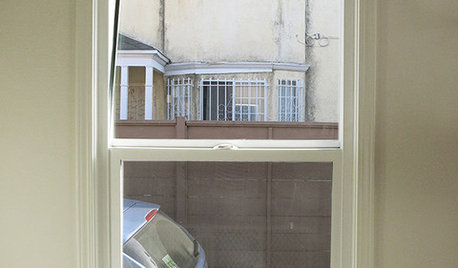
WINDOW TREATMENTS6 Ways to Deal With a Bad View Out the Window
You can come out from behind the closed curtains now. These strategies let in the light while blocking the ugly
Full Story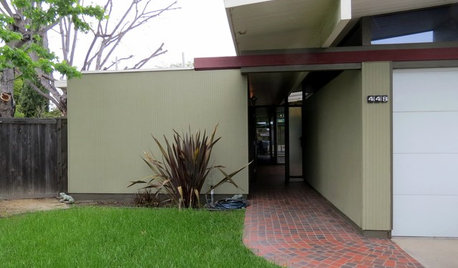
HOUZZ TOURSMy Houzz: Yard Seals the Deal for an Eichler Home
Expansive indoor-outdoor living sold a couple on this midcentury California home, now brimming with vintage finds collected over time
Full Story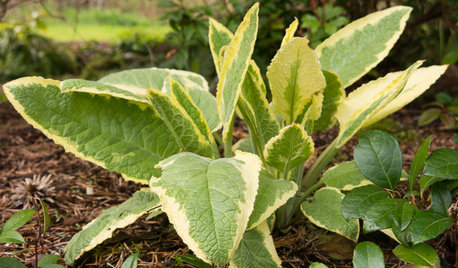
GARDENING GUIDESGreat Design Plant: Axminster Gold Comfrey for Sun or Shade
Plant this perennial for bold color that will light up shady spots, sparkle in the sun and add interest from spring until fall
Full Story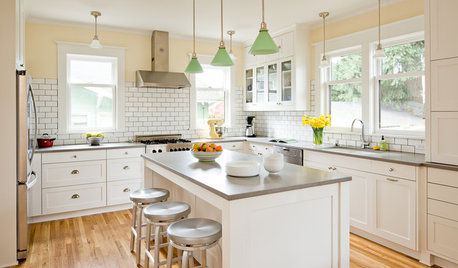
MOVINGThe All-in-One-Place Guide to Selling Your Home and Moving
Stay organized with this advice on what to do when you change homes
Full Story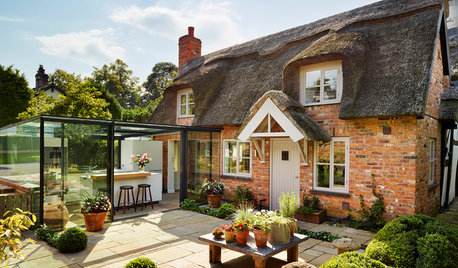
HOMES AROUND THE WORLDStorybook Cottage Gets an All-Glass Kitchen
A showstopping addition to a traditional thatched cottage houses a contemporary kitchen
Full Story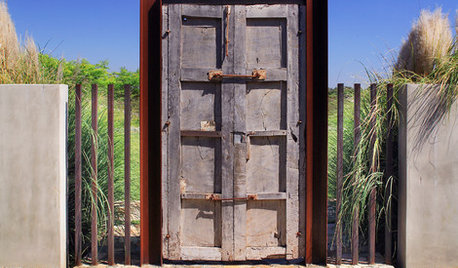
MATERIALSMesquite: The Brawny Beauty for All Over the Home
Denser than other hardwoods and sporting beautiful coloration, mesquite makes a fine material for flooring, countertops, furniture and more
Full Story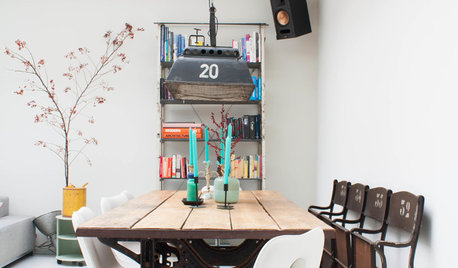
ARCHITECTUREPersonal Spaces: It’s All About the Light
See 10 homes that worship the sun beautifully
Full Story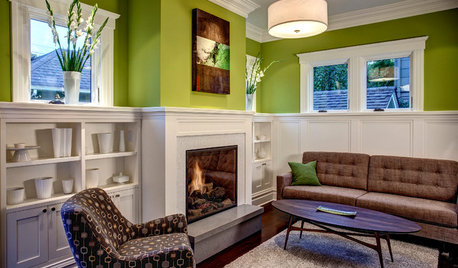
DECORATING GUIDESSingle Design Moves That Make All the Difference
One good turn deserves a whole ideabook — check out these exceptional lone moves that make the room
Full Story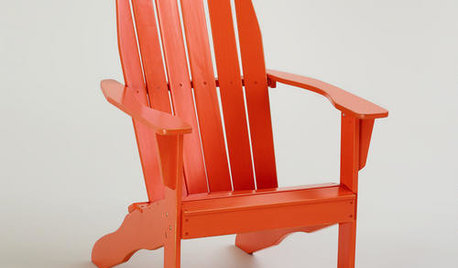
PRODUCT PICKSGuest Picks: 20 Fab Outdoor Finds, Almost All Under $100
Sprinkle these budget-friendly furniture, decor and tableware pieces around a porch or patio for an easy warm-weather update
Full StorySponsored






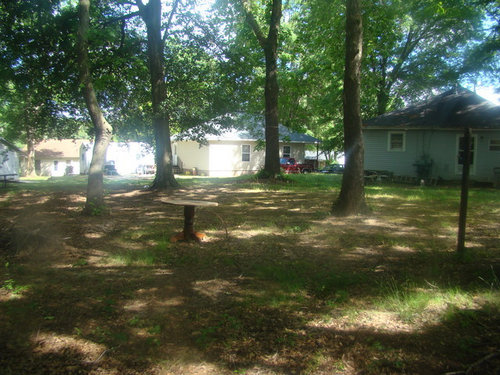
AshtashOriginal Author
AshtashOriginal Author
Related Professionals
Beachwood Landscape Architects & Landscape Designers · Chattanooga Landscape Architects & Landscape Designers · Frisco Landscape Contractors · Woburn Landscape Contractors · Wakefield Landscape Contractors · Bainbridge Island Landscape Contractors · Berkley Landscape Contractors · Fort Wayne Landscape Contractors · Indianapolis Landscape Contractors · Louisville Landscape Contractors · Mahwah Landscape Contractors · Newnan Landscape Contractors · Post Falls Landscape Contractors · Chatsworth Swimming Pool Builders · Lisle Swimming Pool BuildersPKponder TX Z7B
gardengal48 (PNW Z8/9)
socks
AshtashOriginal Author
agardenstateof_mind
Kiroseko
mzdee
poaky1
agardenstateof_mind